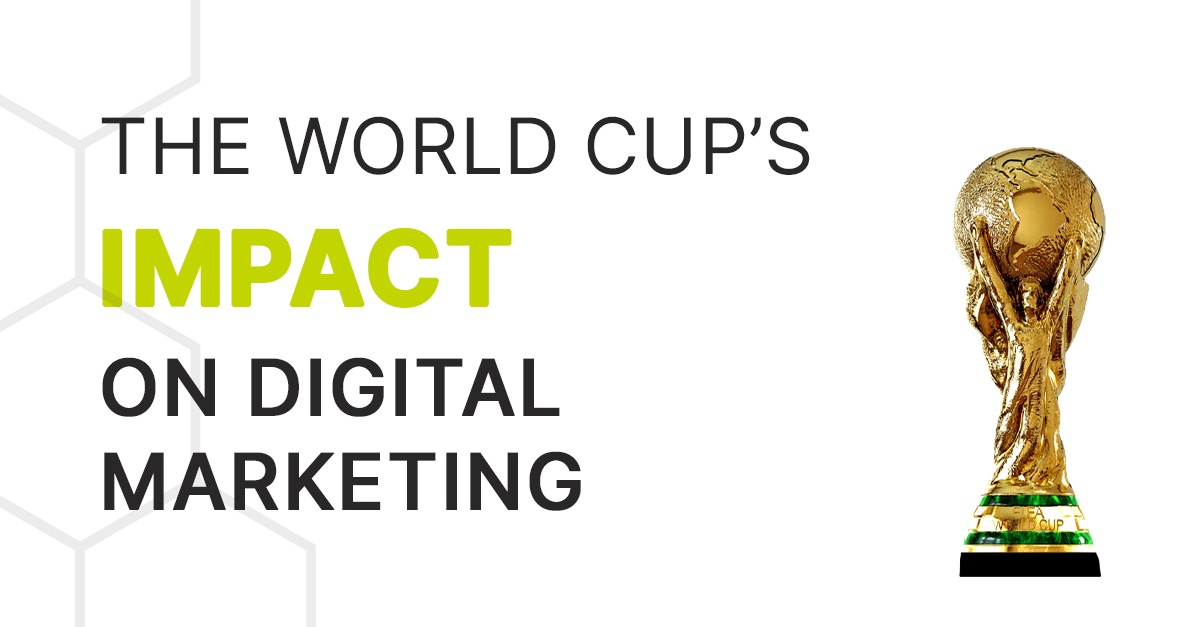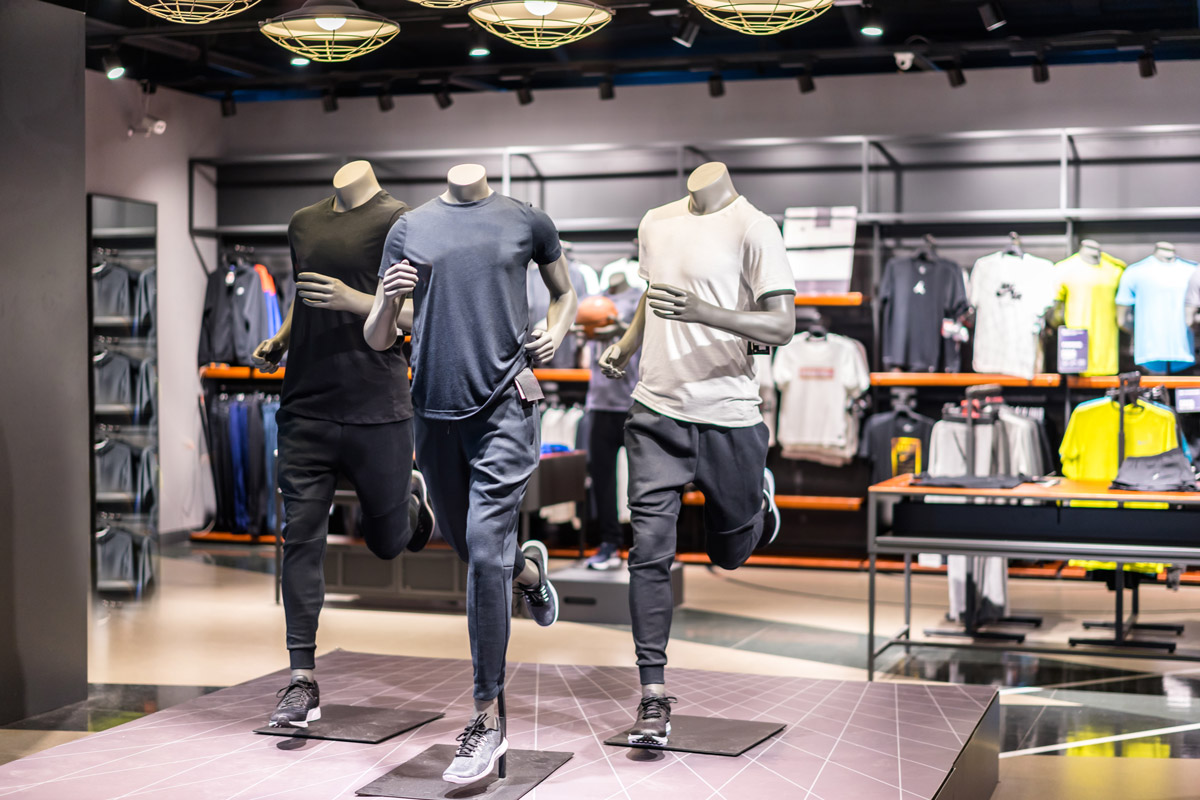The World Cup’s impact on Digital Marketing
The FIFA World Cup is one of the most highly anticipated sports events in the world and has a significant impact on marketing and advertising worldwide. Providing a unique opportunity for brands to reach a global audience, the worldwide occasion taps into the excitement of fans around the world and caters content for all types of viewers.
Many brands have been investing heavily in advertising campaigns and sponsorships around the World Cup since as early as 1930 with coca cola being the pioneer, using the event as a platform to showcase their products or services and connect with consumers. The World Cup’s impact on media causes brands to compete for visibility and ad space, which leads to high ad rates during the event.
In addition to traditional advertising and marketing efforts, the World Cup has also led to the development of new marketing channels and strategies, such as social media campaigns and influencer marketing. Brands have used these platforms to engage with fans and build buzz around the event. For example, during the 2018 World Cup, Nike ran a social media campaign featuring the hashtag #justdoit, which encouraged fans to share their own World Cup-themed content and helped to drive brand awareness and engagement.
The World Cup’s impact on media causes brands to compete for visibility and ad space, which leads to high ad rates during the event.
In addition to traditional advertising and marketing efforts, the World Cup has also led to the development of new marketing channels and strategies, such as social media campaigns and influencer marketing. Brands have used these platforms to engage with fans and build buzz around the event.
This year, Louis Vuitton created a huge buzz around the world with their “Victory is a state of mind” online campaign, featuring Lionel Messi and Christiano Ronaldo, which was a continuity of their previous campaign in 2010 which featured the most popular names in football such as Pele, Diego Maradona, and Zinedine Zedane. Social media are now the most important platforms with 72% of football fans claiming that they keep up with football news on social media platforms. Over 80% brand recall is driven by influencer marketing since fans trust brands that partner with their favorite public figures especially football players.
Christiano Ronald has the biggest fanbase among footballers and the most-followed person overall on Instagram, with over 471 million followers. According to Nielsen 2022 ROI report, his engagement rate and reach overall make him the most impactful figure in football. Recently, Ronaldo promoted his partnership with Clear Haircare in an Instagram post gathered over 4 million interactions in the first 24 hours, highlighting the footballer’s huge reach and fan engagement.
Other luxury brands have been collaborating with football players and teams and holding partnerships to attract the younger audiences and create engagement, such as Mohammad Salah’s campaigns with Gucci that appealed to the young consumers. Luxury brands want to create engagement with the younger consumers especially, since their usual audience base are Millennials and Baby Boomers.
As a summary, the World Cup has a significant impact on marketing and advertising worldwide, providing a unique platform for brands to connect with consumers and tap into the excitement and passion of the event.



